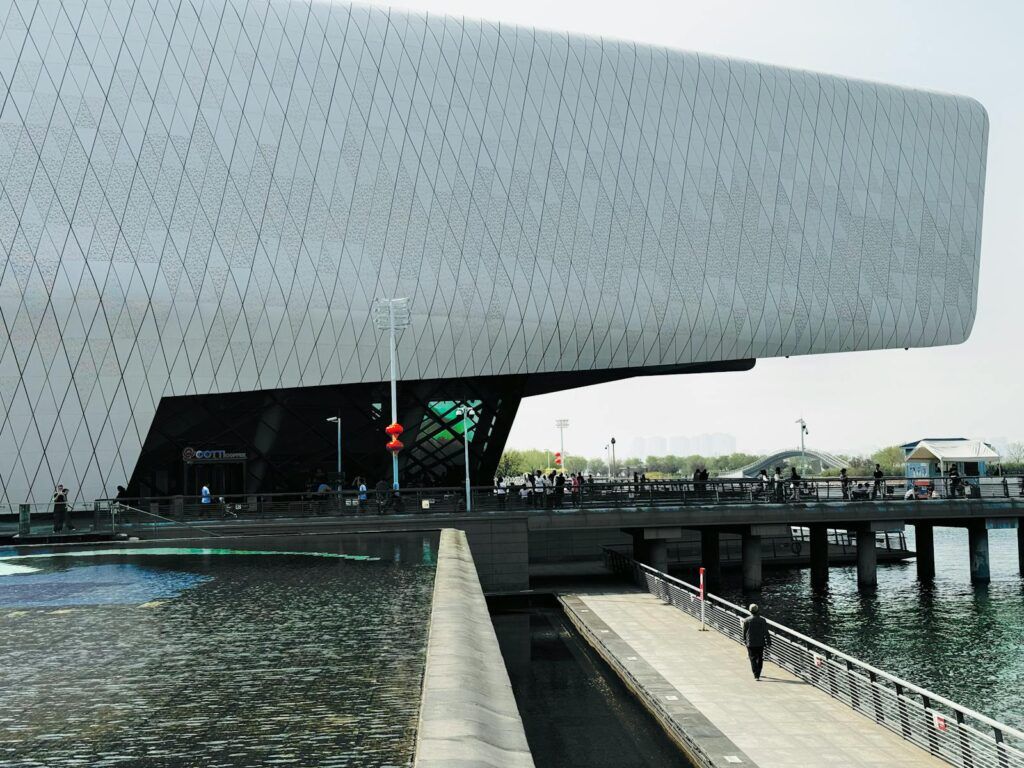Picture yourself cruising down a highway, the landscape unfolding before you. Instead of glancing down at a dashboard or fumbling with a touchscreen, all critical driving information—navigation directions, speed, and vital safety alerts—appears seamlessly projected onto the windshield, directly within your line of sight. This is the profound impact of Head-Up Displays (HUDs), a technology rapidly transforming the automotive landscape from its origins as a sophisticated tool for fighter pilots.
HUDs represent just one facet of a much larger, exhilarating revolution in car technology. Modern vehicles are evolving at an unprecedented pace, shifting from mechanical marvels to intelligent, connected ecosystems. At the core of this transformation are advanced display technologies, moving far beyond simple gauges to sophisticated, intuitive interfaces that enhance safety, comfort, and connectivity, reshaping the driving experience towards a truly intelligent future.
This exploration delves into the cutting-edge innovations redefining in-vehicle technology. We examine how augmented reality (AR) Head-Up Displays are leading the charge, how challenges are being overcome, and how the entire ecosystem of in-vehicle infotainment is adapting. We will journey through foundational shifts in display design and emerging trends that promise to make driving safer, more efficient, and more enjoyable than ever before.
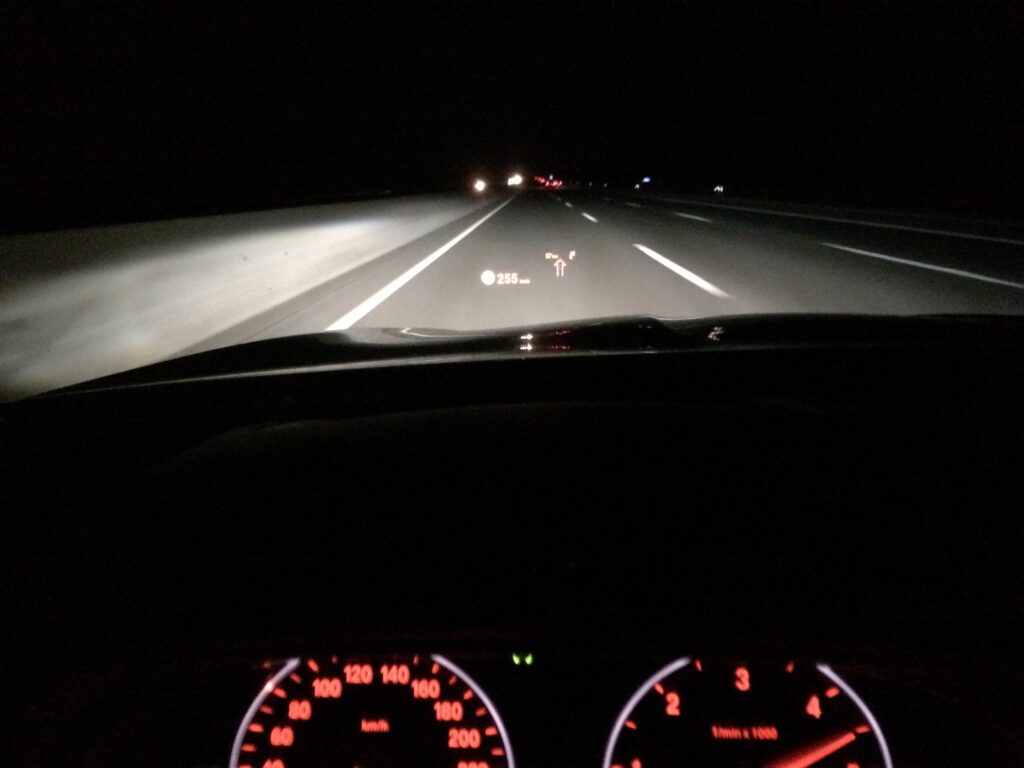
1. **The Rise of Head-Up Displays (HUDs) in Automotive**Head-Up Displays (HUDs) are rapidly transitioning from a niche luxury feature to a cornerstone of modern automotive design, fundamentally changing how drivers receive and process critical information. These sophisticated projection systems deliver essential data directly into the driver’s line of sight, eliminating the need to divert attention from the road. This direct presentation is a significant ergonomic leap, reducing cognitive load and physical strain, setting a new standard for driver interaction.
Originally developed for fighter pilots to enhance performance and safety in high-stakes environments, the concept of overlaying mission-critical data offered an undeniable advantage. Translating this to consumer vehicles, designers saw an opportunity to revolutionize driving. HUDs integrate real-time insights like speed, navigation directions, and warning alerts directly on the windshield, minimizing time looking down at traditional instrument clusters.
This strategic placement is crucial for accident prevention and improved driver awareness. By keeping a driver’s eyes focused on the road ahead, HUDs contribute significantly to overall road safety. While early HUDs were basic, today’s systems are complex, dynamic, and indispensable. This foundational shift, propelled by continuous innovation, makes HUDs a core part of the smart vehicle ecosystem, raising benchmarks for driver assistance and comfort.
Read more about: The 14 Car Features Drivers Are Paying For But Rarely Use: An Expert Dive Into Unutilized Tech
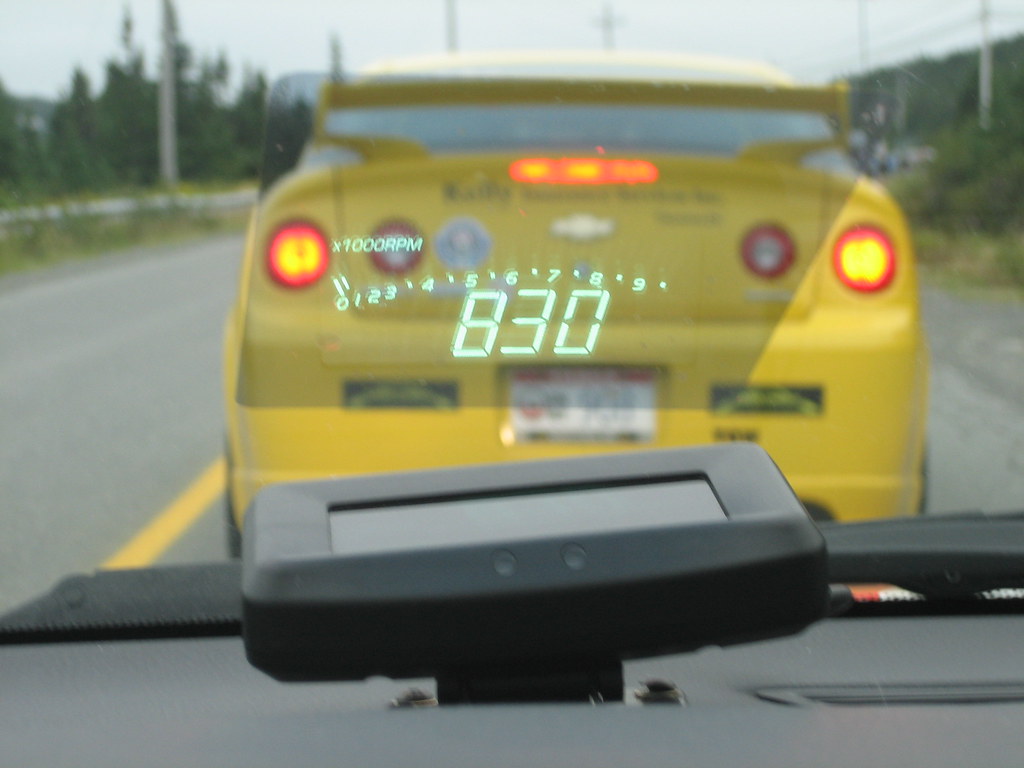
2. **Enhanced Safety: The Primary Driver for HUD Adoption**The most compelling argument for widespread Head-Up Display (HUD) adoption is their profound impact on driver safety. By presenting vital information directly in the driver’s natural field of view, HUDs actively minimize common accident causes related to momentary lapses in attention. This fundamental design principle recognizes that every second a driver’s eyes are off the road significantly increases risk, making HUDs a critical safety innovation.
A significant safety benefit stems from reduced eye movements and improved reaction times. Traditional instrument clusters force drivers to repeatedly shift their gaze, increasing cognitive strain. HUDs eliminate this, allowing drivers to keep their eyes continuously on the road. Critical information—like speed, navigation, or collision warnings—appearing directly in sight enables faster processing and response to hazards, providing precious milliseconds to avoid incidents.
Furthermore, HUDs are instrumental in improving overall situational awareness. Integrating with advanced vehicle sensors, these displays project real-time alerts for hazards such as blind spot detection, lane departure warnings, and pedestrian proximity. This additional layer of awareness empowers drivers to anticipate and actively avoid potential dangers before they escalate, transforming passive observation into active, informed decision-making for a safer driving experience.
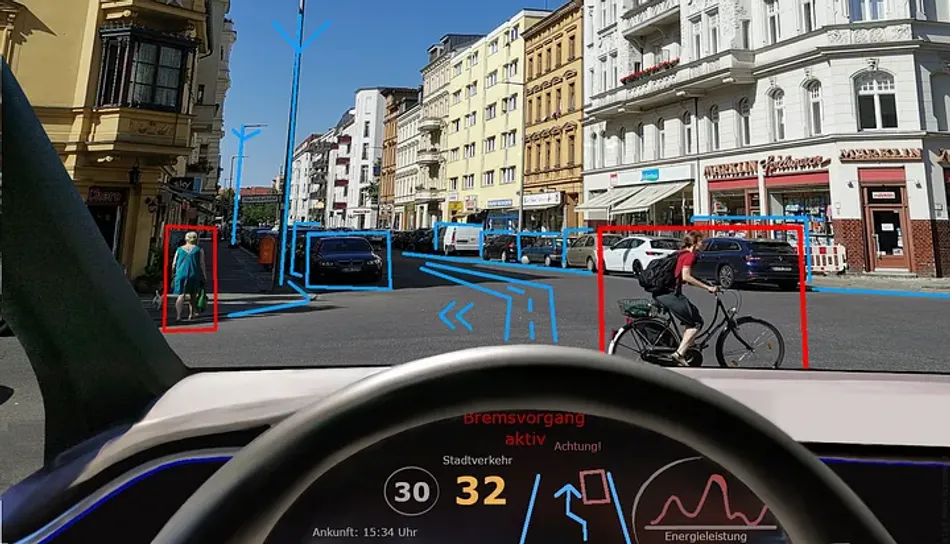
3. **Revolutionizing the Driving Experience with HUDs**Beyond their undeniable safety advantages, Head-Up Displays (HUDs) are profoundly transforming the overall driving experience, making it more intuitive, comfortable, and personalized. By seamlessly integrating critical information into the driver’s visual field, HUDs minimize distractions and enhance user interaction in ways traditional dashboards cannot achieve, fostering a more focused and less fatiguing journey for all.
A key aspect of this improved experience is minimized distraction and increased comfort. Unlike conventional dashboards, HUDs present information non-intrusively, keeping crucial details like speed limits and navigation cues within the driver’s natural field of view. This continuous flow helps maintain consistent attention on the road. Presenting data at eye level alleviates neck strain and visual fatigue during long drives, ensuring drivers remain more relaxed and alert.
Modern HUD systems also offer remarkable personalization capabilities, allowing drivers to tailor displayed information to their specific preferences and driving styles. Whether prioritizing speed limits, navigation details, or ADAS alerts, drivers can customize the HUD interface. This ensures information is always relevant and helpful, making the driving experience uniquely their own, with potential for discreet entertainment integration for calls or music.
Read more about: Beyond the Showroom: 14 Transformative Digital Shifts Reshaping Car Dealerships by 2035
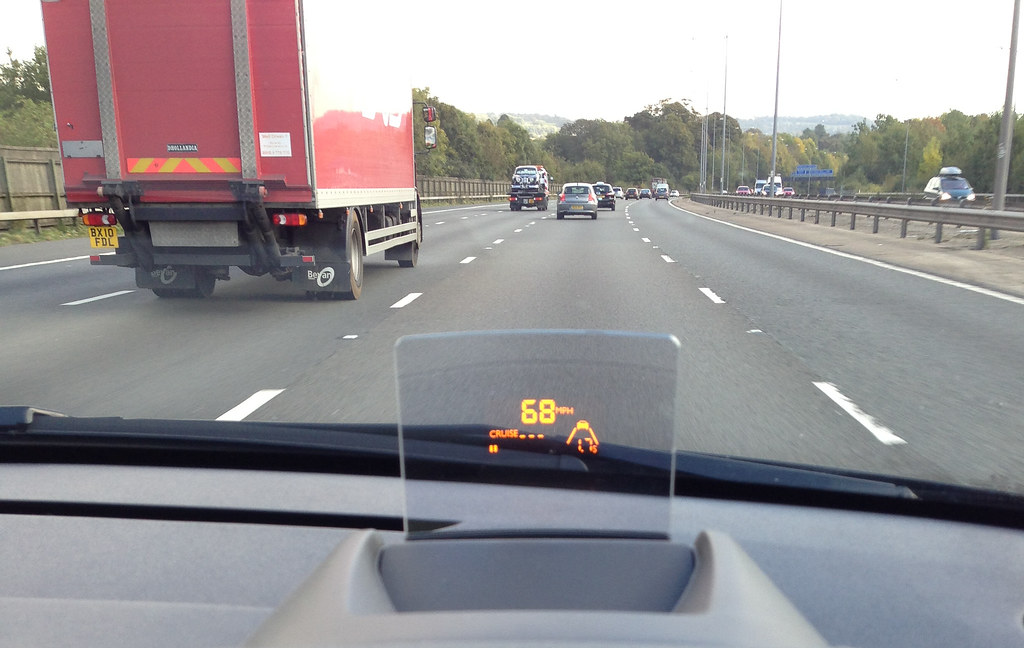
4. **Conquering HUD Challenges: From Glare to Information Overload**Despite their transformative potential, Head-Up Displays (HUDs) face inherent limitations and technical hurdles engineers actively work to overcome. These challenges span environmental factors and design philosophy, requiring continuous innovation for widespread adoption and seamless integration. Addressing these issues is crucial for fully realizing the technology’s promise for future vehicles.
One significant challenge is the potential for excessive information, leading to visual clutter and increased distraction. While HUDs aim to streamline data, displaying too many details simultaneously—like navigation, speed, and ADAS notifications—can paradoxically overwhelm drivers. Environmental conditions also pose a hurdle, particularly glare from direct sunlight or reflections from headlights at night, demanding advancements in clarity and brightness.
Furthermore, the high cost of advanced HUD systems, especially those with augmented reality features and high-resolution displays, remains a major barrier. These sophisticated components are expensive to produce, often limiting them to high-end vehicles and making them inaccessible to budget-conscious consumers. This financial hurdle, coupled with potential repairs and maintenance costs, hinders democratization of the technology.
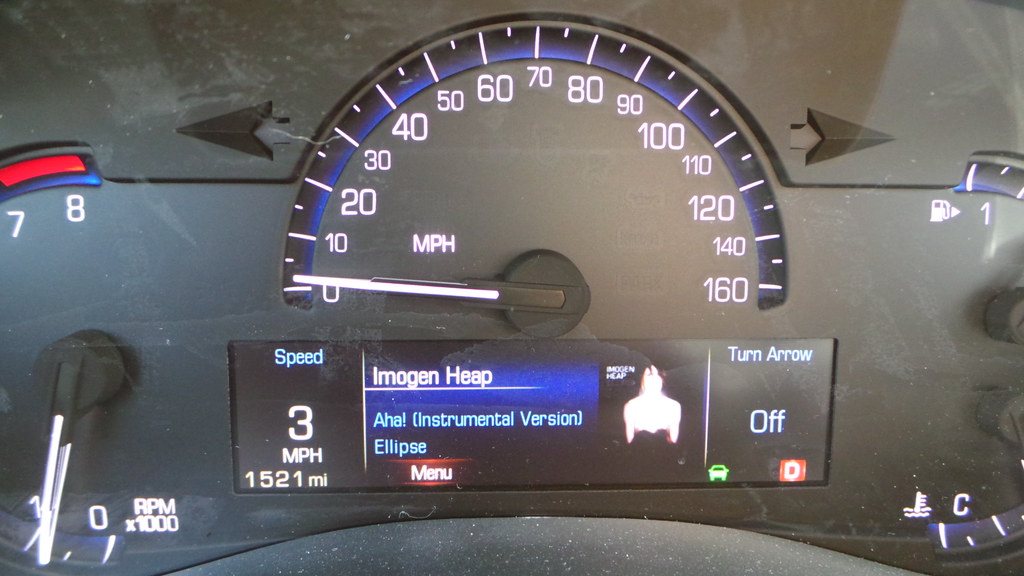
5. **Beyond the Windshield: The Evolution of In-Vehicle Infotainment**While Head-Up Displays (HUDs) revolutionize information presentation, the broader landscape of in-vehicle infotainment systems is undergoing its own dramatic evolution. These systems are now comprehensive hubs blending entertainment, information, and connectivity, redefining the entire driving and passenger experience within the vehicle cabin. They offer integrated digital lifestyles on the road, becoming central to modern automotive appeal.
Modern infotainment systems boast high-resolution touchscreen displays that are central to vehicle interaction. These vibrant interfaces offer intuitive controls for climate settings, navigation, and seamless smartphone integration, mirroring user experiences found in personal smart devices. This allows drivers and passengers to effortlessly access calls, messages, music, and a growing suite of smart features, significantly enhancing convenience and connectivity, making every journey more engaging.
The advancements extend beyond the central console, with smart technology permeating other display elements. This includes sophisticated smart mirrors, driver monitoring systems, and the rise of reconfigurable instrument clusters. These digital displays are replacing traditional analog gauges, offering customizable layouts and real-time vehicle data. By 2022, over 70% of new vehicles featured fully digital clusters, projected to reach nearly 90% by 2027, solidifying a definitive shift towards adaptable, visually rich, and highly functional digital interfaces.
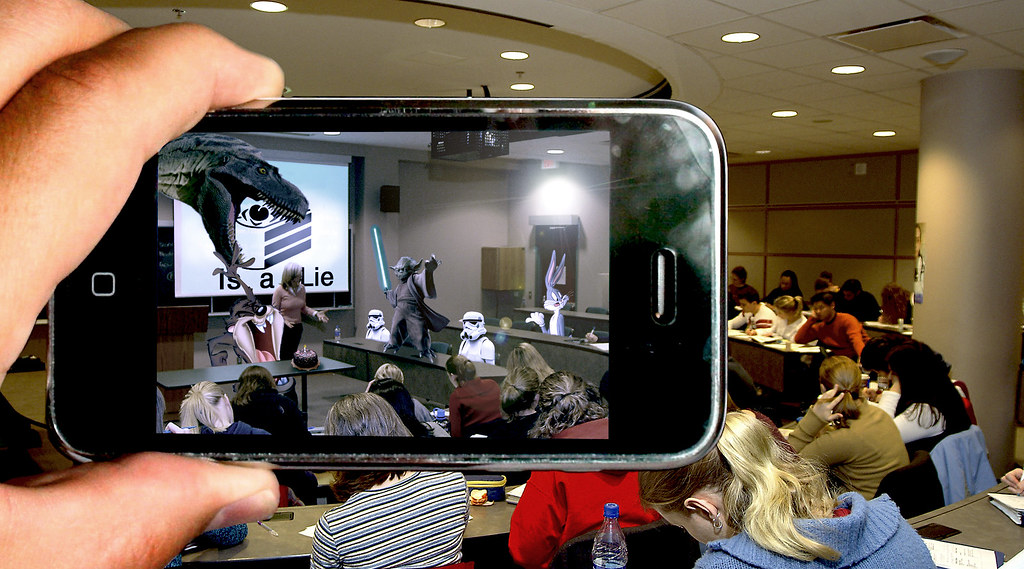
6. **Pioneering AR HUD Technologies: Examples from Industry Leaders**The promise of Augmented Reality (AR) in Head-Up Displays is actively being explored and brought to fruition by several automotive industry leaders. These companies are transforming the windshield into an interactive canvas, blending digital information with the real world to create unprecedented levels of awareness and guidance for drivers, accelerating the deployment of advanced AR HUD systems.
AllFocal Optics is at the forefront with its nanophotonic lens technology, ensuring crystal-clear vision. CEO Pawan Shrestha anticipates automotive applications within two years, with JLR trialing a “slightly customized” car HUD design that keeps information in focus regardless of focal length adjustments. This significantly reduces driver reaction time, enhancing safety and cognitive processing, particularly for those with vision impairments.
JLR, in collaboration with CAPE, is developing an Immersive Head-Up Display (iHUD) focused on large, high-resolution, bright images with advanced depth perception. Similarly, Porsche’s AR HUD in the new electric Macan projects virtual hazard signs onto dangers ahead, and navigation arrows that hover at intersection height, appearing 87 inches in size at 33 feet. These precise, real-world localized projections prevent misunderstanding and improve driver comprehension.
Further innovations come from Hyundai Mobis and Audi. Hyundai Mobis is advancing holographic HUDs, transforming the entire front window into a transparent screen via a special film, with mass production slated for 2027. Audi integrates augmented arrows into its HUDs, dynamically superimposing navigation and assist system information onto the real-life outside world. Meanwhile, Envisics is developing Holographic Waveguide Technology for wide field of view AR HUDs, first appearing in the 2026 Cadillac Lyriq-V, providing critical data on two viewing planes for intuitive driver assistance.
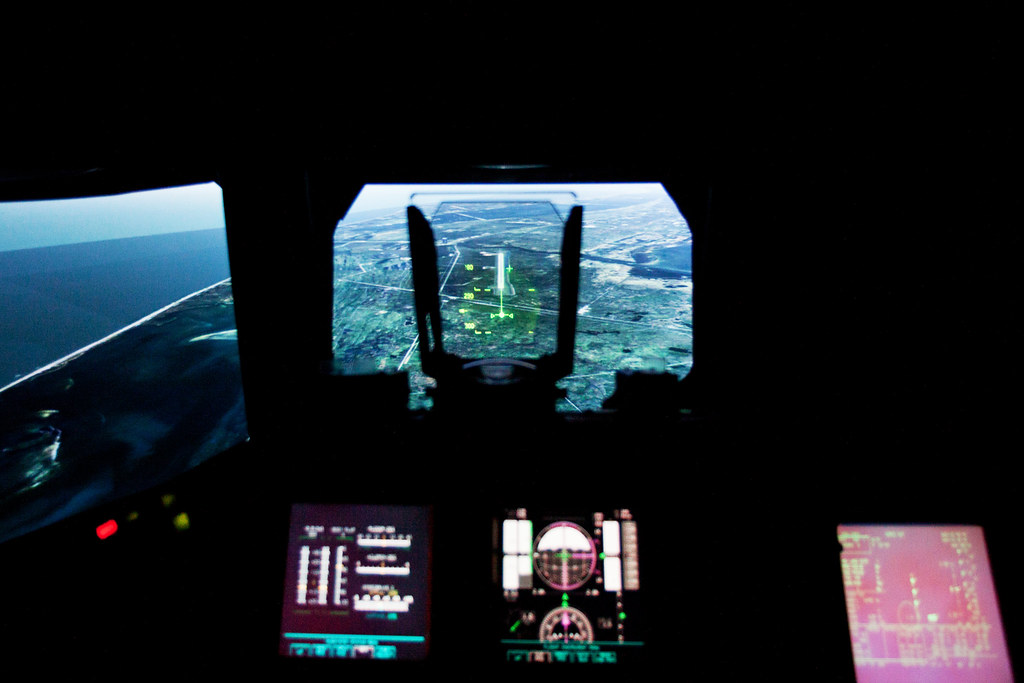
7. **Advancements in Augmented Reality (AR) in Future HUDs**The horizon for Head-Up Displays is expanding dramatically, with augmented reality poised to deliver an unparalleled level of immersion and utility. Future HUDs will feature highly detailed AR elements, moving beyond simple projections to overlay real-time speed limits, dynamic hazard warnings, and sophisticated lane guidance directly onto the road ahead. This evolution is designed to create an incredibly intuitive driving experience, significantly reducing the cognitive load on drivers by presenting critical information precisely where and when it’s most relevant.
This next generation of AR integration will incorporate high-resolution mapping data, elevating navigation precision to an entirely new dimension. Imagine route markers not just on a screen, but seamlessly projected onto your actual surroundings, making complex turns and highway merges easier to navigate than ever before. This visual fidelity minimizes the need for mental translation, allowing drivers to process information at a glance and react instinctively, much like a natural extension of their own perception.
The power of AR-enabled HUDs lies in their ability to blend digital information with the physical world, creating a cohesive visual experience. They project vital data such as navigation instructions, current speed, and imminent collision warnings directly onto the windshield, keeping the driver’s eyes firmly on the road. As AR technology continues its relentless march forward, we can anticipate increasingly immersive and interactive display solutions, transforming the vehicle’s environment into a rich, informative tapestry that continuously enhances situational awareness and safety.
Read more about: Wired for the Road Ahead: Unpacking the Smart Cockpit Revolution and Its Impact on Driving
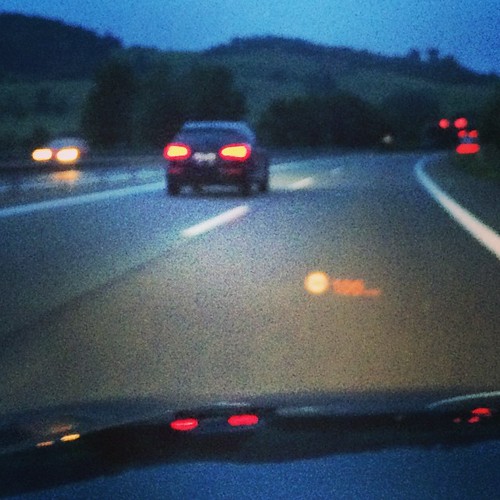
8. **HUDs and the Future of Autonomous Driving**As the automotive world steadily transitions towards varying degrees of autonomy, Head-Up Displays are set to play an increasingly pivotal and dynamic role. In vehicles with partial autonomy, where the driver still needs to be ready to take control, HUDs will serve as critical communication tools. They will clearly display the system’s status, real-time traffic conditions, and, crucially, articulate requests for human intervention when necessary, providing a transparent and essential bridge between automated systems and human oversight.
For instance, the display might indicate that the vehicle is operating in autonomous mode, highlight objects detected by its sensors, or issue a prompt for the driver to re-engage with the steering. This constant, yet unobtrusive, feedback loop is vital for maintaining driver trust and ensuring safety during the intricate dance between human and machine control. It becomes the primary dialogue interface for this co-piloted experience.
However, in the not-so-distant future of fully self-driving cars, the function of HUDs will undergo an even more profound transformation. With the driver’s role shifting to that of a passenger, these advanced displays will evolve from safety-focused features into comprehensive entertainment and communication hubs. Passengers may receive real-time updates on their journey’s progress, seamlessly access media content, or engage in productivity tasks via an advanced HUD interface that responds to their gaze or gestures, suggesting a far more expansive and interactive role.
Read more about: The 2025 Hyundai Palisade for Your Next Long Haul: An Objective Deep Dive into Its Road Trip Capabilities
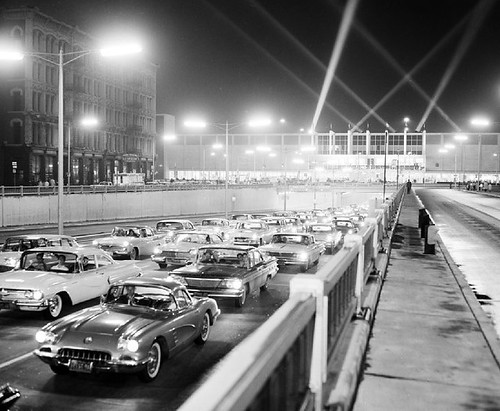
9. **Curved and Flexible Displays: Reshaping the Interior**Beyond the windshield, the broader landscape of in-vehicle display innovation is seeing the exciting emergence of curved and flexible screens. These revolutionary displays are designed to break free from the traditional flat, rectangular panels that have long defined automotive interiors. Instead, they will conform perfectly to the intricate contours and ergonomic needs of a vehicle’s cabin, ushering in a new era of seamless integration and sophisticated aesthetics that truly blend technology with design.
The appeal of curved displays extends far beyond mere visual flair; it offers significant functional advantages. They can be ingeniously integrated into digital dashboards, sophisticated heads-up displays, and expansive infotainment systems, creating a more cohesive and driver-centric cockpit. This ergonomic design ensures that critical information remains easily accessible and visually comfortable for both drivers and passengers, reducing eye strain and enhancing the overall in-car experience.
Technologically, the prowess behind these displays is remarkable. They boast incredibly high pixel density, enabling stunning resolutions that reach Full HD or even 4K. Such sharpness is crucial for delivering crystal-clear images, important for detailed navigation and high-definition safety features like reverse cameras. Furthermore, the possibility of both flexible and even transparent substrates opens up entirely new design paradigms, allowing manufacturers to create dynamic and personalized interiors.
Read more about: Is a New TV Truly Worth It? Unpacking the Game-Changing Technologies Redefining Your Living Room
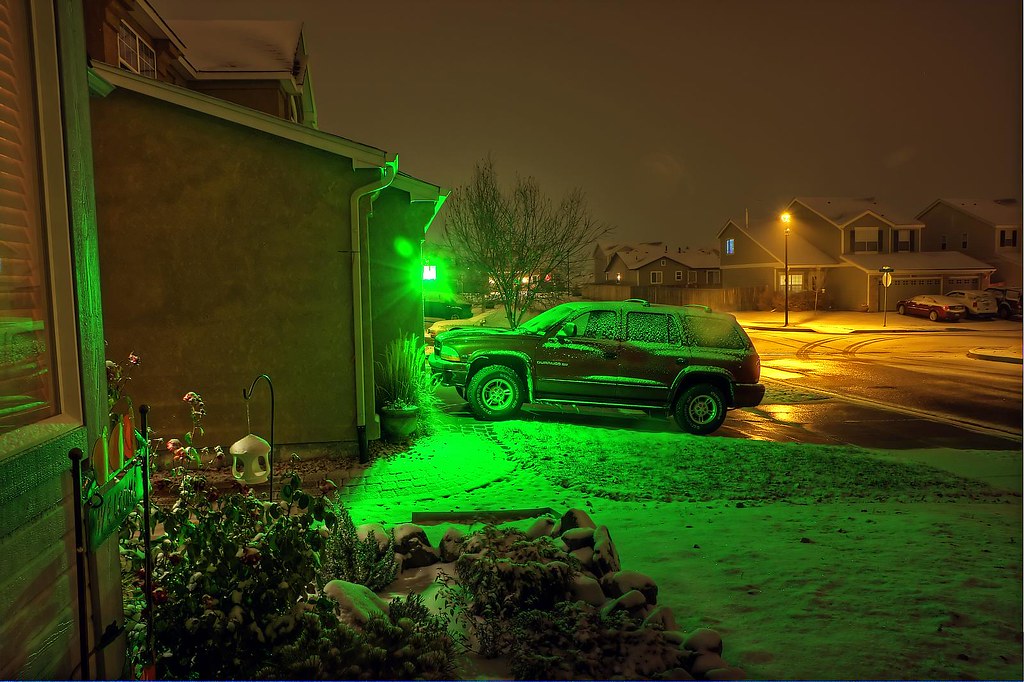
10. **Holographic and See-Through Displays: The Ultimate Transparency**Pushing the boundaries of visual technology even further, holographic displays are poised to redefine how occupants interact with in-car information, offering an almost ethereal quality to digital content. These next-generation HUD technology concepts enable multiple displays, each precisely aligned for viewing information solely by the intended driver or passenger. This level of personalized information delivery promises to virtually eliminate visual clutter, enhance privacy, and provide truly contextual data to each individual.
These innovative displays are engineered to overcome the inherent performance, size, and geometric limitations that have traditionally constrained HUD systems. This technological leap facilitates the practical and scalable implementation of multiple displays, not just in the main windshield, but also in side-light glazing and other interior surfaces. Hyundai Mobis, for instance, is a pioneer in this space, advancing holographic HUDs that transform the entire front window into a transparent screen through the use of a special film, with mass production slated for 2027.
Complementing this, see-through displays represent another monumental step forward in creating immersive and unintrusive visual environments. Utilizing long-size mother glass, large-sized screens are now being developed to create seamless, wide displays that can span significant portions of the dashboard or even the entire windshield. From the outside, these appear as transparent glass, yet they present a clear, high-brightness, and color-accurate display for occupants, even in bright outdoor environments, ensuring information is ubiquitous yet never intrusive.
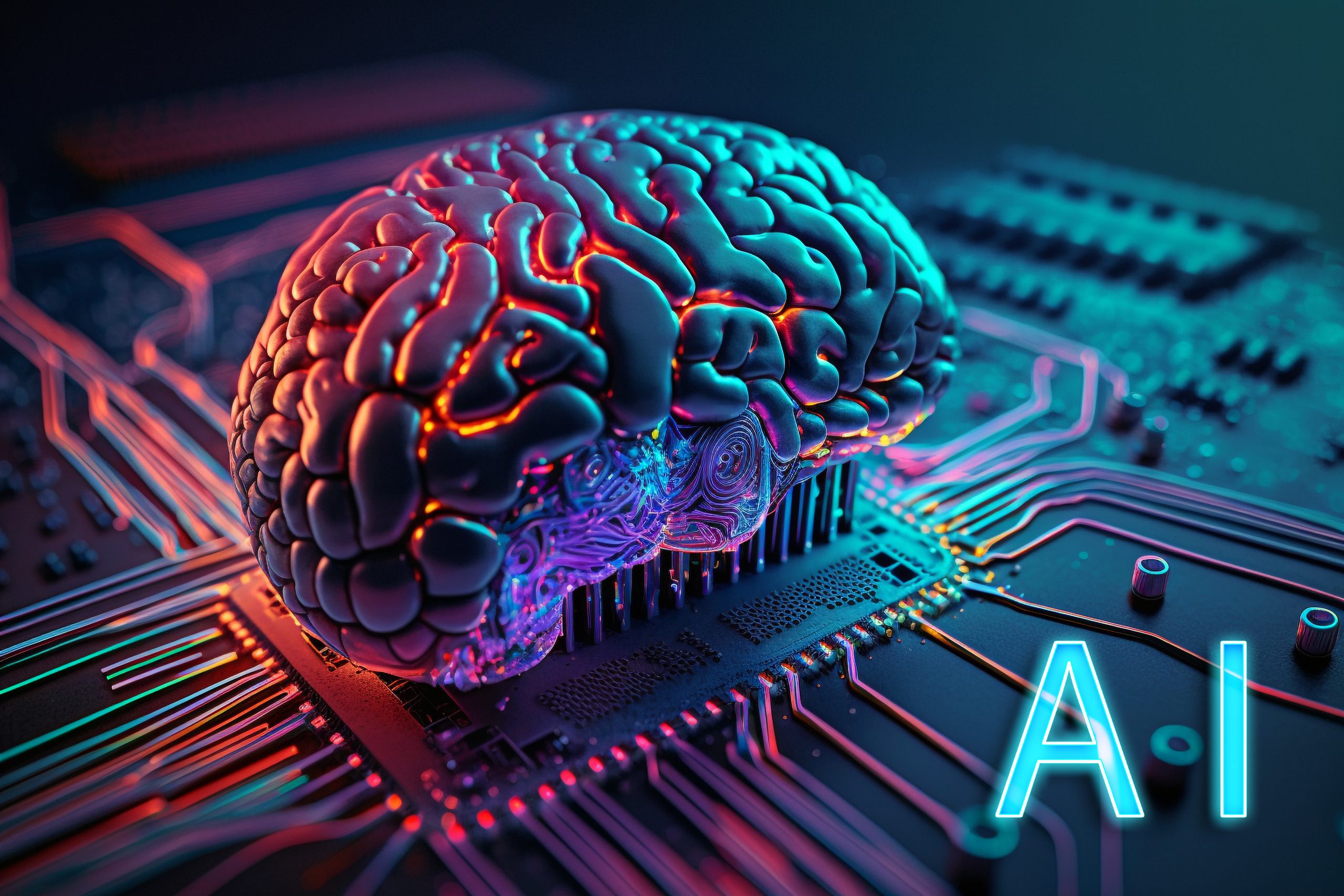
11. **AI Integration and Increased Personalization**The future of in-car technology isn’t solely about dazzling displays; it’s about how intelligently those displays adapt to you, the occupant. Next-generation HUD technology will integrate advanced artificial intelligence that instinctively learns and adapts to individual driver behavior and preferences. This means an AI-driven HUD will meticulously adjust brightness levels, prioritize the type of information displayed, and even tailor color schemes to create a truly optimized and deeply personalized driving experience that evolves with you.
This deep level of personalization, powered by sophisticated machine learning algorithms, moves far beyond simple settings adjustments. It envisions a system that anticipates needs, presenting information precisely when and where it’s most relevant, dynamically responding to changes in driving conditions, driver fatigue, or even external environmental factors. The overarching aim is to forge a more symbiotic relationship between driver and vehicle, where the interface actively supports and enhances focus and comfort, anticipating user needs before they’re even consciously recognized.
Furthermore, the influence of AI integration will extend to other advanced display technologies throughout the vehicle, transforming the entire cabin into a highly personalized and responsive hub. Expect systems that intelligently learn frequent routes, suggest optimal settings for various driving scenarios based on past behavior, and integrate seamlessly with personal digital ecosystems, making the car an intelligent, adaptive companion.
Read more about: Is the 2025 Audi Q5 Still the Best for Small Luxury Buyers? An In-Depth Car and Driver Review
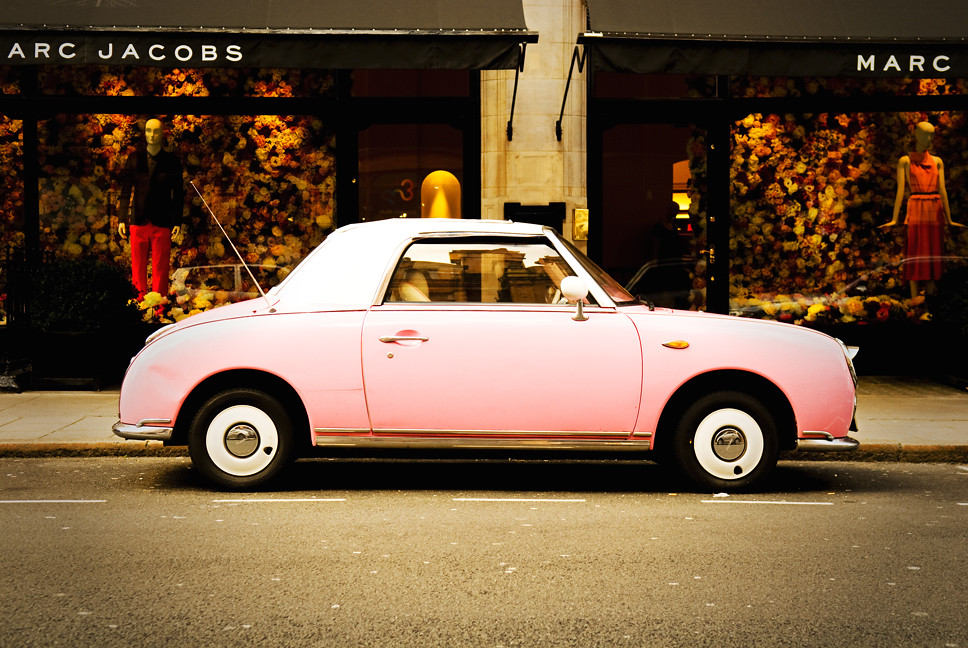
12. **Intuitive Interaction: Gesture and Voice Control**As automotive interiors become increasingly dominated by expansive and intelligent screen real estate, the methods by which we interact with these advanced displays are undergoing a profound evolution, moving beyond tactile buttons and traditional touchscreens. The future of HUD technology and in-vehicle displays is embracing touchless interaction, empowering drivers to seamlessly adjust settings, control navigation, and access a wealth of information through simple, intuitive voice commands or sophisticated hand gestures. This paradigm shift is fundamentally designed to minimize physical distractions and keep drivers’ eyes firmly on the road.
These advanced control interfaces represent a significant leap in user experience, allowing for effortless command of complex systems without the need to physically touch a screen or press a button. Imagine a quick, natural wave of the hand to change a music track, a spoken instruction to zoom in on a map detail, or a subtle flick of the wrist to accept an incoming call—all while maintaining full focus on the dynamic road ahead. This “hands-free, eyes-on-the-road” approach is a critical advancement, significantly boosting both safety and convenience in the driving experience.
The context explicitly highlights “Gesture and voice control interfaces” as key additional display technologies and design elements for the future. This integration ensures that even as displays become larger and more comprehensive, the method of interaction remains effortless and natural, catering perfectly to a curious and tech-savvy audience who appreciate nuance and innovation. It signifies a transition towards a more organic, human-centric interface within the automotive environment.
**Conclusion: Driving Towards an Integrated Tomorrow**
The journey into the future of car technology, from advanced Head-Up Displays to a fully autonomous environment, is one filled with breathtaking innovation and relentless progress. We have journeyed through the intricate advancements in augmented reality, which is making navigation more intuitive and immediate, and explored how display technologies are dynamically adapting to the evolving demands of autonomous driving, shifting roles from information provider to entertainment hub. The transformative impact of new display forms—curved, flexible, holographic, and see-through screens—is fundamentally reshaping the very fabric of the vehicle interior, blurring the lines between physical space and digital information. Coupled with the intelligent integration of AI-driven personalization and seamless gesture and voice controls, the modern car is rapidly transforming into an intelligent, responsive, and deeply integrated partner. This continuous evolution promises not just safer and more efficient journeys, but an entirely redefined, enriching, and profoundly immersive experience on the road, where technology serves as an intuitive extension of the driver’s will and the passenger’s comfort.

